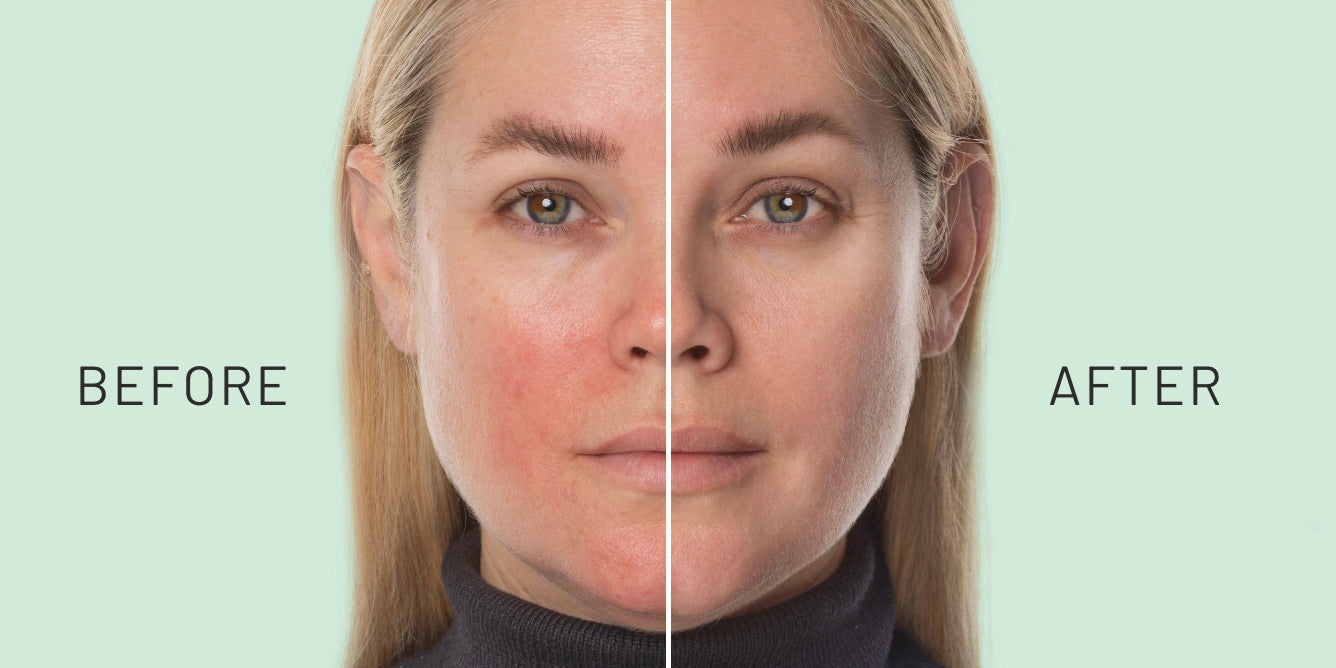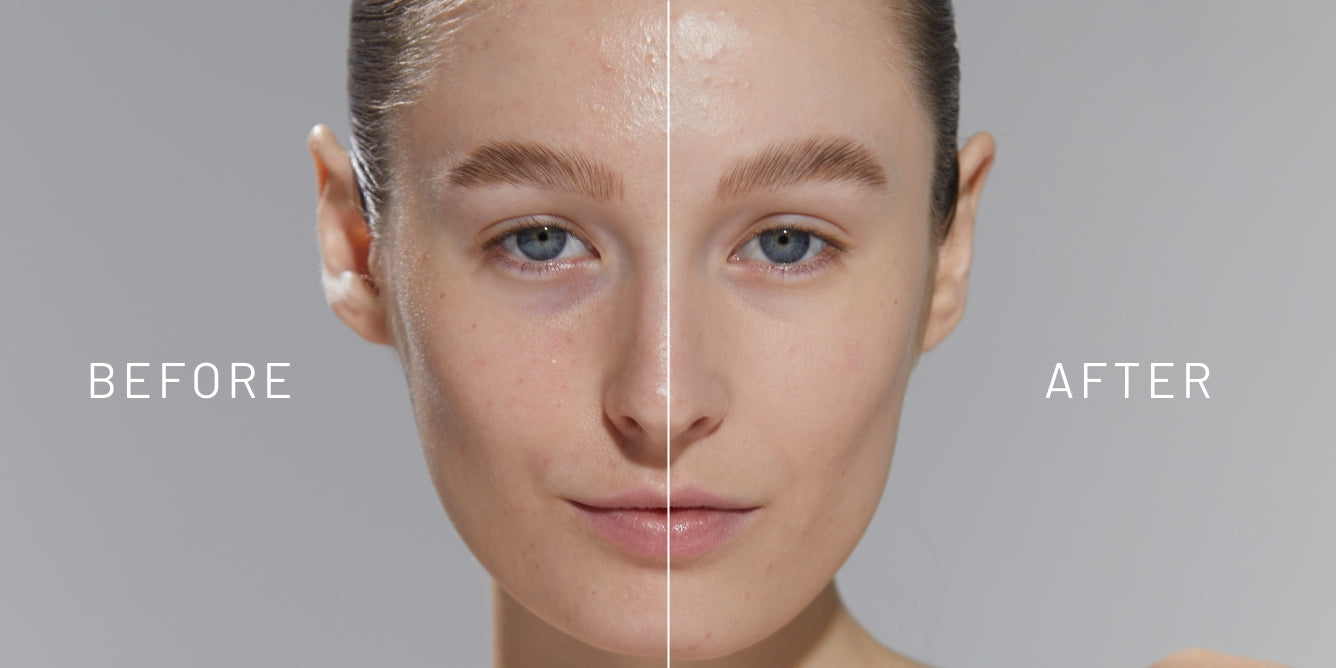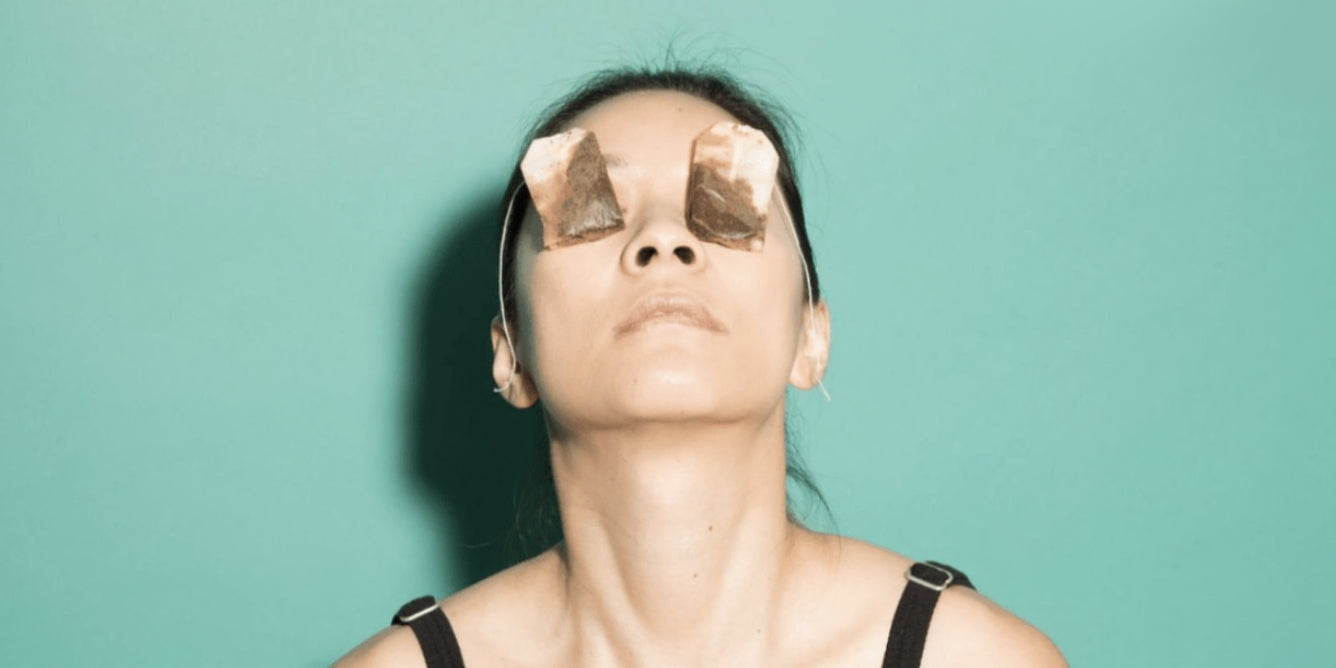
We all want our moment in the sun - and in fact, sun exposure is an important source of Vitamin D, which is essential to the body’s proper functioning. But as with any good thing, it all depends on the dosage. Overexposure to UV rays is highly damaging to skin - and even without an obvious sunburn in sight, if you’re not protecting your skin, it’s more than likely that your skin is experiencing UV damage. Understanding how UV radiation affects your skin and taking steps to both protect and repair it is crucial for maintaining healthy, youthful skin. In this article, we’ll dive into the essentials of keeping your skin safe in the first place - and provide advice on healing sun damage once it’s done.
Understanding Solar Radiation

The sun emits various types of radiation, but the most harmful to our skin are ultraviolet (UV) rays. These rays exist on a spectrum (hence the term “broad-spectrum” sunscreen), penetrating the skin at different depths and causing multiple types of damage - some cosmetic, and some carcinogenic. UV radiation, particularly, is a well-studied environmental factor that significantly contributes to skin aging (or photoaging).
-
UVA Rays: These rays penetrate deep into the skin, generating free radicals and leading to premature aging by breaking down collagen and elastin.
-
UVB Rays: These are the primary cause of sunburn and directly damage the skin's DNA, which can lead to the development of serious skin cancers like melanoma.
- HEV Blue Light and IRA: These can degrade the skin’s matrix, alter pigmentation, and change the skin’s lipid composition.
Exposure to these types of radiation generates reactive oxygen species (ROS) and reactive nitrogen species (RNS), which cause oxidative stress and inflammation, further accelerating the aging process.
What Does Sun Damage Look Like?

Sun damage can show up as so much more than an angry, red burn. It actually manifests in various forms, some of which will only reveal themselves years down the road, at which point it can be difficult to undo them. A few examples:
Sunspots
Sunspots, also known as solar lentigines, appear as light to dark brown spots on sun-exposed areas like the face, hands, shoulders, and arms. They are larger than freckles and become more common as we age.
Hyperpigmentation
“When the melanin-producing cells called melanocytes are damaged, they increase in size. This phenomenon is triggered by several factors, including sun exposure.” Dr. Fredric Brandt,10 Minutes, 10 Years
Hyperpigmentation refers to any uneven darkening of the skin, caused by an excess production of melanin. This can result from sun exposure, inflammation, or hormonal changes. Common types include:
-
Sunspots: Small, flat spots that appear larger than freckles.
-
Age Spots: Larger, more noticeable dark patches.
-
Melasma: Patchy brown discoloration, often associated with hormonal changes during pregnancy.
-
Post-Acne Scars: Dark spots that remain after pimples heal.
Photoaging
Aging is a natural part of life: we can’t stop it any more than we can stop our hair from growing or our eyes from blinking. While the visible signs of aging cannot be avoided entirely, it is possible to slow their onset. Because no one can avoid sun exposure entirely, it’s thought that UV exposure is responsible for around 90% of visible skin changes associated with aging, such as wrinkles, fine lines, and a loss of skin firmness and elasticity. The higher the level of exposure, the more prematurely these signs of aging will appear. This occurs because UV radiation damages collagen and elastin fibers in the skin—the crucial building blocks for its firmness and resilience.
Prevention Is The Best Solution
Undoing what’s already done is never an easy task. In other words, preventing sun damage is far easier than repairing it. Here are essential strategies to protect your skin:
Use Sunscreen, Of Course
And not just on sunny days, either. If it’s healthy, youthful-looking skin you’re after, daily use of a broad-spectrum sunscreen with an SPF of 30 or higher is crucial. The standard rules apply: put it on at least 15 minutes before going outside and reapply every two to three hours, or more frequently if swimming or sweating. More is more: you’ll need about a shot glass-sized amount for your body, and three finger-lengths for your face.
Even Better? Protective Clothing
UV protective clothing can provide an excellent barrier against UV rays. Opt for long-sleeved shirts, wide-brimmed hats, and sunglasses to shield your skin from direct sun exposure.
Take The Afternoon Off
The sun’s rays are strongest between 10 AM and 4 PM. Try to stay indoors during these hours, or seek shade if you need to be outside.
Apply Those Antioxidants
Antioxidants help neutralize free radicals generated by UV exposure, reducing oxidative stress and supporting skin repair. Incorporating antioxidant-rich skincare products into your routine is an excellent way to support your skin’s health and beauty. Vitamin C in particular is known for its ability to penetrate the skin, combat free radicals, reduce inflammation, brighten dark spots, and even boost the efficacy of your SPF.
Pay Attention To Your Skincare
Certain skincare ingredients like retinoids can make your skin more sensitive to the sun—so if you’re using these, you’ll need to be extra vigilant about everyday sunscreen usage. Skin prone to irritation? Choose products formulated for sensitive skin and use a mineral-based sunscreen to reduce the risk of inflammation (which is increased by UV exposure). Finally, rather than waiting until UV damage becomes visible, push it back daily with products that feature proven antioxidants like Vitamin C and E, niacinamide (A.K.A. Vitamin B3), retinol (A.K.A. Vitamin A), and polyphenols.
Repairing the Damage

These days, we’re lucky to have a wealth of information about the damaging effects of UV radiation on skin. But of course, many of us grew up in a different time or culture in which everyday SPF use was considered unnecessary at best, and frivolous at worst. While prevention may be best, don’t fret: it’s never too late to improve the look of UV-damaged skin.
Skincare Ingredients That Can Help Repair UV Damage
We’ve already mentioned a few above: Vitamin C, niacinamide, and retinol. These are all excellent ingredients for reducing inflammation, neutralizing free radical damage, smoothing fine lines and wrinkles, and diminishing dullness. In addition to these, you might consider using products that contain exfoliating acids, which can help renew skin and brighten areas of discoloration.
Not sure where to start redesigning your skincare regimen? Here at Dr. BRANDT, we’ve created complete product kits that can help take out some of the guesswork (not to mention save you 30% off the full retail prices of each formula). Here are the kits we recommend for addressing UV damage:
Targeted Brightening: Hyperpigmentation Rescue Duo
Created in collaboration with Bachelor alum Ashley Spivey, this corrective kit combines our triple-acid dark spot treatment Dark Spots No More with our luxe-yet-lightweight facial SPF, Liquid Sun Shield.Shop it here.
Overall Radiance and Antioxidant Protection: Glow Protection Duo
This powerful product duo combines Liquid Sun Shield SPF 50 with C-Scription, our concentrated Vitamin C serum. It contains 20% THD Ascorbate—which is considered the gold-standard form of Vit C for its superior stability and ability to penetrate deep into skin.Shop it here.
Remember, the quality of the products you use and your consistency in applying them play a significant role in achieving visible results. And if you only take on one of the tips outlined in this article, make it this one from our founder: “Apply and reapply a broad-spectrum sunscreen. Skin will show less wrinkles, fewer hyperpigmentation spots, and more elasticity.” - Dr. Fredric Brandt,10 Minutes, 10 Years





Leave a comment (all fields required)